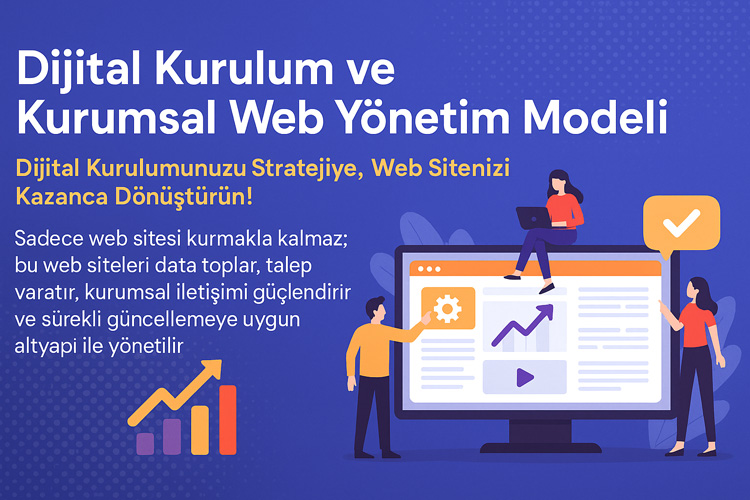Description
| Hour | Activity | Explanation |
|---|---|---|
| 1-3 | Meeting with the Customer and Needs Analysis | A detailed meeting is held to understand the customer’s expectations, goals and needs. |
| 3-6 | Design Preliminary Study | The general design and structure of the website is studied. A color palette and font selection is made in accordance with the customer’s brand identity. |
| 6-9 | Content Management | Content is created for the pages of the website. This content, services, about us, contact information, etc. contains sections. |
| 9-12 | Design Application | Implementing the design through coding and making the website live. |
| 12-15 | SEO Strategy | An SEO strategy is created to increase the findability of the website by search engines. |
| 15-18 | Social Media Integration | Integration of the website into social media accounts. |
| 18-21 | Digital PR Plan | A digital PR strategy is developed to increase the customer’s online visibility and brand awareness. |
| 21-24 | Audience Analysis | The target audience is determined and marketing strategies are created for this audience. |
| 24-27 | Digital Advertising Strategy | Digital advertising campaigns are planned and the effectiveness of these campaigns is monitored. |
| 27-30 | Performance Evaluation and Adjustments | The performance of the website and digital PR strategy is evaluated and necessary corrections are made. |
How should web design studies be for health institutions?
Healthcare organizations can use websites to design web sites to promote their services, inform patients, manage appointment requests, and provide a platform for online interactions. Web design studies of health institutions should include the following elements:
User experience: It is important that the websites of health institutions are user-friendly and easy to understand. Site design should be simple and clear, as site users will want to navigate quickly and easily. Functionality, ease of search, and mobile device compatibility are key elements for the user experience.
Promotion of Services: Health institutions should clearly state the services they provide on their websites and make it easier for patients to access these services. Websites may offer different content to provide information about health services, for example, a health library or frequently asked questions (FAQ) section.
Appointment Management: An online appointment management system should be provided on websites. This allows patients to easily make appointment requests and allows healthcare organizations to more easily manage their appointment scheduling.
Communication: Health institutions should specify their contact information (phone, e-mail, address) on their websites and provide a contact form for patient satisfaction and complaint management.
Updating and Maintenance: Updating and maintaining websites is important. This reflects the current activities and services of the health institution and gives confidence to the site users.
Security and Privacy: Websites of healthcare institutions should include appropriate security measures to ensure the security and confidentiality of patients’ personal information.
SEO compatibility: It is important for websites to be compatible for search engine optimization (SEO). This allows the site to rank high on search engine results pages (SERPs) and helps the healthcare organization reach more potential patients.
As a result, web design studies of health institutions should be user-friendly, functional and up-to-date. Site users should be able to get information about health services easily.
How can patients reach health institutions?
Patients can reach healthcare facilities in several different ways:
Internet: The Internet is one of the most widely used ways to access healthcare facilities. Through the websites of health institutions, patients can get information about their services, request an appointment, access contact information and get help on other issues.
Phone: Using the phone numbers of health institutions, patients can request an appointment or ask other questions. In addition, some health care providers may also offer telephone counseling.
Companions: Some patients can reach health institutions through their companions. Companions can help when patients are unable to communicate or need help.
Physical addresses of health institutions: Patients can go directly to health institutions using the physical addresses of health institutions. This method can be used especially in emergencies or when it is not possible to use the internet or telephone to make an appointment.
Health insurance agents: Some patients can reach health care providers through health insurance agents. These agencies can provide information about which health institutions patients can go to within the scope of their health insurance.
There are many different ways for patients to reach healthcare facilities, and the methods preferred by patients may differ. Health institutions should facilitate the access of patients by providing a communication channel suitable for the needs of patients.




















































